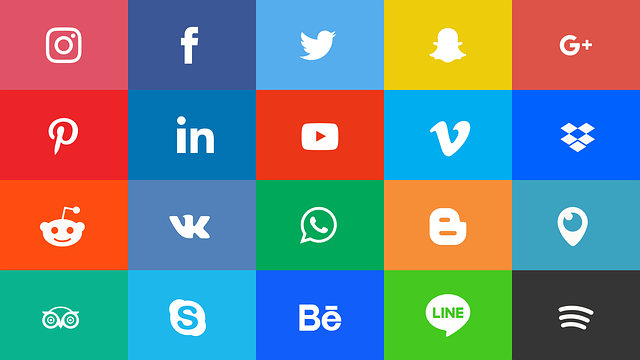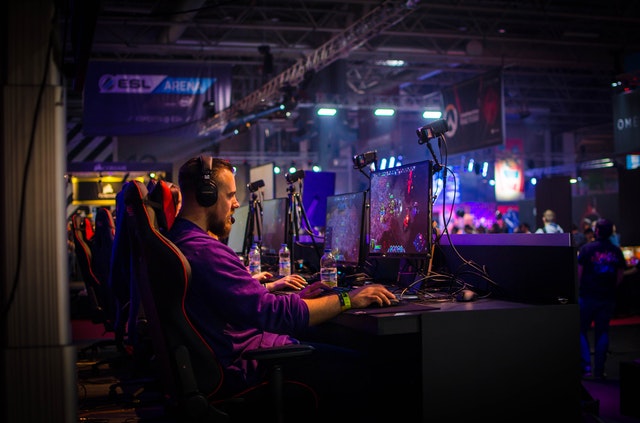Having dreamt of creating your own games ever since you were a kid, you’re brimming with passion and excitement now that it’s finally becoming a reality. Ready to give it all you got, you and your team are hard at work developing what may very well be the next big hit.
Of course, actually creating a good game is only part of the process. Just like any other form of entertainment, you need to find a way for people to discover that your game exists. Without promoting, you risk the chance of not growing an audience of players your game deserves.
The sad part is, most independent game developers find this out the hard way. Despite all the tools made available thanks to the internet, many fail to attract attention for their project and are disappointed when sales and downloads are low– even if their game is great.
This is a part one of a two-part series on ways you can make sure your game gets the exposure it deserves. And as you’ll notice in this article, marketing and promotion start before the game is finished and ready to launch.
It all starts with a target audience!
Your target audience is the group of people that are most likely to download/buy and play your game. You should figure this out as early as possible during development so you can make design choices that will appeal to them and increase the chance of success.
To use a popular big-budget game as an example, Dark Souls from the get-go was designed for the hardcore gamer. In other words, someone who is seeking a tough-as-nails challenge that will test their skills and patience every step of the way. It’s very doubtful that From Soft decided half-way into development that Dark Souls was going to be one of the hardest games of this generation.
Thus, it’s also unlikely that Dark Souls was promoted with the intent of attracting casual gamers that prefer easier, more relaxed experiences. Namco Bandai even went with the tagline “Prepare To Die” to convey that this was an action-RPG for players that spend most of their free time playing video games
Who will play your game?
So if your game is more likely to appeal to teenage girls, then that is your target audience. Knowing this will help you be more effective at promoting your game, especially if you study up on what kind of games they tend to be attracted to.
This can be done by visiting websites and forums where the most common visitors are your target audience. Start a discussion on what their favorite games are, why they like them, and other valuable information you can use during development and marketing. Social media pages like Facebook and Twitter are also perfect for this.
Once you’ve figured out the type of gamers that will be most likely to enjoy your game, you’ll more effectively spend what little time you have to promote it during development and after release.
Start generating hype as early as possible!
Most indie game and app developers today treat marketing and promotion as an afterthought. The thinking behind this is that splitting their time and effort between marketing and development is inefficient. Instead, they go for the Apple approach that involves capturing attention via surprise by unveiling their product only a short time before it will be made available.
Although there are benefits to that approach, it is wise to start generating attention for your game much earlier. This sets up the possibility of creating word-of-mouth so that more people find out that you’re developing a cool new game. Once it finally releases, there will already be a group of people interested in buying and/or downloading it.
3 Ways to Promote Before Release!

1. Post on forums and message boards
As mentioned before, forums are great for letting people know about your project and starting valuable discussions. You’ll be able to receive their opinion on certain areas, politely ask them to tell others about your game, and even receive positive comments that may be the morale boost you need during crunch time.
The best part is that today there are so many great online communities that are eager to help game developers share their progress and show off what they have so far. If you’re creating a game for the App Store, Touch Arcade has a very active forum where you can make a post that is likely to receive hundreds of views.
TIGSource also has a great community where tons of gamers go to check out the progress on indie projects they’re excited to play upon release. The Devlogs section in particular is perfect for generating interest in gamers by posting screenshots and comments during development.
2. Start a dev blog or website
To get gamers to know your project exists, there’s no better way than by having a link to a page you can conveniently share on social media, forums, etc. Whether you create a dev log charting your progress or just a website with images and other media, you’ll want a page that people can easily access with one click of the mouse.
Dev logs are particularly great as gamers today love seeing how a project grows and comes together over time. This makes them more invested and thus more likely to support your game once it releases by buying and recommending it to others. A dev log will take a small chunk out of your development time but it can make all the difference in the long run.
If you go for just a website, makes sure to make it as polished and informative as possible. Use taglines and attention-grabbing phrases that briefly describe why your game is going to be worth playing. And don’t forget the eye candy such as images, videos, etc – these you should add once you have something worth showing, of course.
3. Social Media and Video-Sharing Sites
When it comes to spreading the word, there are few tools more powerful today than social media. It’s a free and easy way of getting your game some attention, especially since most people are (there’s no other way of saying it) addicted to social media and are likely to see your post.
Using your personal Twitter account and Facebook pages is good for getting support from friends and family. However, you should definitely open up pages and accounts specifically for your game. This way, interested gamers can Like and Follow your game page/account and possibly share it with others as well.
If you ever whip up a trailer or preview for your game, maybe even a video diary of you talking about your latest progress, YouTube is the ideal choice. Twitch is also great if you want to set up a live streaming session where you can answer questions and talk directly to people interested in your project.
Do What You’re More Comfortable With!
It wouldn’t be a bad idea to attempt all three methods listed above, but we know how time-constraining game development can be. Unless you have someone dedicating all their time toward marketing and promotion, you’ll probably only be able to do one or two of the three.
And that’s fine! The internet is such a vast resource of potential players that you can still set yourself up for a successful launch even if you only do social media or a website, skipping a dev log or videos entirely. Be sure to check out the next part in this series to learn how you can increase your game’s chances of exposure once your game finally releases to the public.


